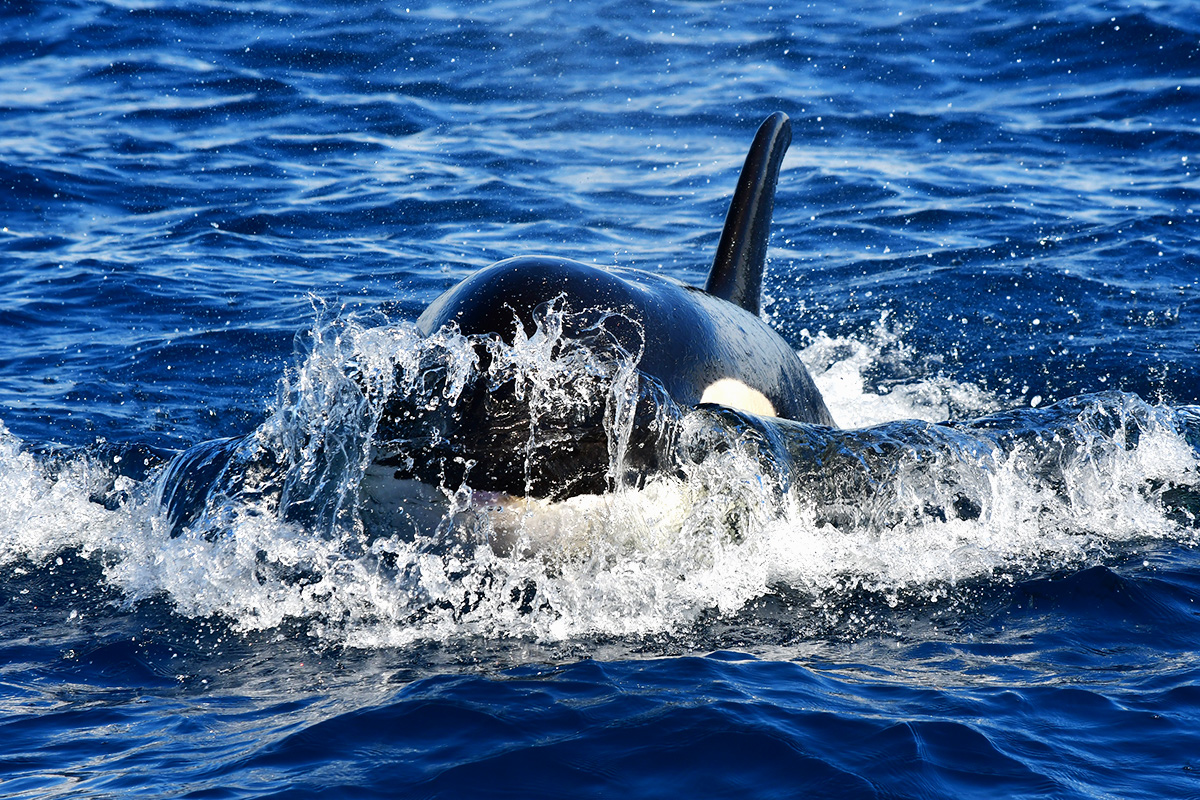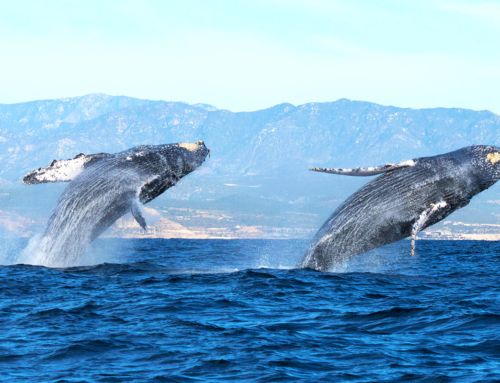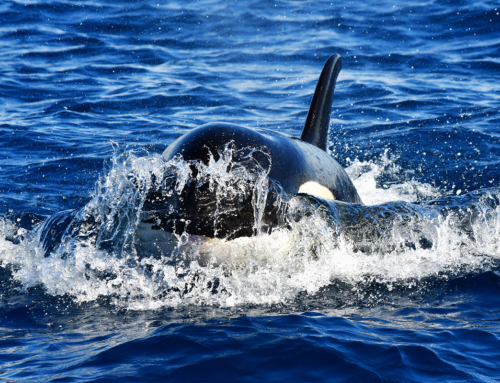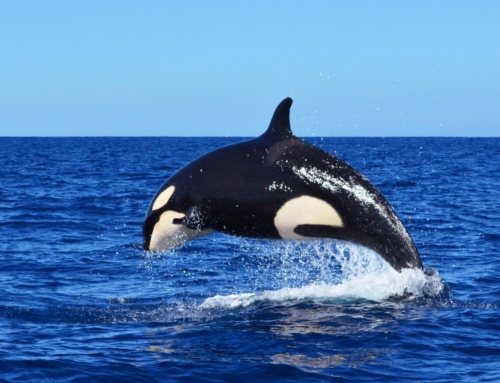They say good things come to those who wait. Well, we waited and the good things came! After months of waiting for the wonderful whales to migrate back from their feeding grounds up north, December 15th officially marked the start to our 2018-2019 whale watching season here in Cabo San Lucas. As always, a new season comes draped in anticipation of captivating activity. However, as with all things nature-related, it remains decidedly difficult to predict what the ocean – and the whales – will have in store for us. Yet only 4 weeks into this season and we have already been treated to amazing sights and breathtaking spectacles, but more on that in a moment.
First, a huge thank you to all of the guests that have joined us this season already! It is truly a privilege to share such amazing experiences with each and every one of you, so thank you for being part of the Whale Watch Cabo experience.
Now back to the whales! So far this season we’ve had a 100% sighting success rate for humpback whales on our whale watching tours. Humpback whales are, of course, the cornerstone of the whale watching season here in Cabo San Lucas. Whale Watch Cabo wouldn’t exist if it weren’t for the wonderful humpbacks who come back year after year, charming us with their natural charisma exemplified in energetic lobtailing, fin-slapping and breaching. Such charisma, however, is balanced out by their overall serenity, evident in their gentle pace as they roll into a dive or rise up for a breath while taking a peek at our boats. Such incredible contrast in behavior!
A highlight of the season has been early sightings of baby humpback whales, otherwise referred to as calves. We actually sighted our first calf on the first official day of the season (what better way to start things off?!). Humpback whale calves are often curious and playful, adding another layer of amusement to our tours. At the same time, seeing baby humpbacks fills us with hope that the humpback population that visits Baja continues to recover. As is the case with many other large whales, Humpbacks are still rallying from the relentless hunting they faced during the heyday of commercial whaling. Our guides have captured wonderful images of these baby humpbacks which, upon birth, are approximately one quarter the size of their mother. If joining us on a tour, make sure to keep an eye out for mother and calf pairings, especially around the months of January and February.
Another highlight of this great start to the season has been sightings of the ocean’s utmost apex predator: orcas. On January 8, our guests and guides were ecstatic when they spotted the unmistakable white eye-patch and black sleek body of orcas. Two were adults, at least one female, and to top it off, there was a baby! Encountering orcas is already a rare event, so seeing an orca calf learning the ropes of the ocean was sublime. One of our guides, Tania, captured the day’s fleeting moment in a series of photos that underscore their inherent social skills (check out the photos on our Facebook page).
Then, on January 16, we once again spotted orcas! Another amazing treat from the ocean. This time our guests and guides witnessed only two orcas, which were swimming alongside our boats only a couple of miles southwest of El Arco. Our tour momentarily switched from a whale watching tour to a dolphin watching tour given that, yes, orcas are actually dolphins! We saw as the female broke the surface to breathe and was then followed by the male, easy to identify due to his tall, isosceles triangle-shaped dorsal fin. Our guides Karen and Mireya and our intern Marit, all captured spectacular images of these elusive and highly intelligent animals which we only occasionally see during our season.
But as much as we love them, not all is humpbacks, orcas and babies. So far this season we have also been delighted with sightings of ever-inquisitive dolphins. We have encountered Risso´s, rough-toothed and common dolphins, but particularly bottlenose dolphins, which we’ve seen in groups of more than 50 individuals! We have also had our first sightings of gray whales, which are typically the second most common whale we encounter during our whale watching season in Cabo San Lucas. These whales can be some of the friendliest to encounter and will often approach boats, especially in their breeding lagoons, their presence is always a pleasant surprise.
For the fish lovers out there, some of our tours have witnessed spectacles of more than 100 flying mobula rays. These rays are known for leaping several feet clear of the water, flapping their pectoral fins with enough effort to momentarily make you question what you’re seeing: It’s a bird! It’s a plane! Nope, it’s mobula rays! We have also seen big marlins, the subject of many a sport fisherman´s dream. These fish are easy to identify because their large, crested dorsal fin usually pokes out of the water when near the surface. Last but not least, we’ve also seen gentle sea turtles who, just like the whales, must rise up to the surface to breathe, allowing us to
So this wraps up the first report of our 2018-2019 season! We´ve been fortunate enough to have had a wonderful start and, as we approach the midpoint, we can only hope to continue to be such privileged witnesses to the ocean’s wonder. In the coming weeks we expect to see more adult and baby humpback whale pairings, more activity, and we hope to continue to be surrounded by so much marine biodiversity.
Once again, we would like to thank all of our wonderful guests for making our whale watching tours such a fulfilling experience. If you haven’t yet, we hope that you will join us on one of our whale watching tours soon!




